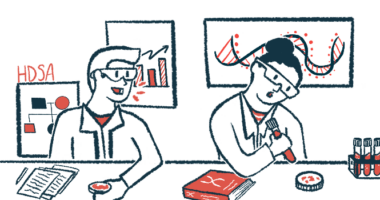Neurological Research Receives $1 Million to Study Pluripotency

A groundbreaking research initiative on cell reprogramming for drug development against Huntington’s disease recently received $1.19 million worth of funding for the next 3 years, thanks to the Health Research Council to University of Auckland. Lead investigator and neuroscientist, Associate Professor Bronwen Connor, will attempt to better understand the disease, particularly its notable differences in genes and proteins and neuronal development and function between healthy individuals and patients. The study will be conducted using samples of live human brain cells.
“By doing this, we hope to identify cell targets that may lead to new drug development,” Dr. Connor who is based in the University’s Centre for Brain Research, said in a news release. “The last step of the project is collaboration with Griffith University in Brisbane at the Eskitis Institute that has a natural drug compound library of more than 200,000 compounds.
“If we can identify some targets in the live human Huntington disease brain cells, we are going to use these cells to screen drugs, potentially to identify new compounds that we could then take further forward into drug development,” she said. “The beauty of that are these targets and compounds will be tested on human cells, not on animal cells or on engineered human cells lines. That will mean a much more precise result and hopefully faster and more successful translation to clinical use.”
Dr. Connor is excited to work with pluripotent skin cells as they have the ability to differentiate into a vast array of cell types, however, she and her team have yet to identify a beneficial way to clinically apply the concept and technique. Administering cells derived from this technique would guarantee they are mature enough and well beyond their pluripotency stage. She explained this is where embryonic stem cell technology experiences a hiccup in terms of translating academic research to clinical application.
“It’s because nobody has yet managed to completely purify these – the pluripotent cells of either the reprogrammed skin cells or the embryonic stem cells. We want to work with brain stem cells that are multi-potent, so that they will only turn into brain cells and so we are using a technology called direct cell reprogramming,” said Dr. Connor.
She and her team recently developed a technology that enables adult human skin cells to generate brain stem cells, or neural precursor cells. These can give rise to many different types of mature brain cells.
“There are two areas where this research can be used. One is for cell replacement therapy – replacing brain cells that have been lost through disease- in this case brain diseases where there is a specific population of cells lost, (such as Huntington’s and Parkinson’s disease) and we can target that population of cells.” The second would be to explore how this technology can be beneficial in other neurological diseases and identify potential new drug targets.
“In our preliminary work using reprogrammed brain stem cells generated from Huntington’s disease patients, we showed that there are some genes in Huntington’s disease that were hugely over-expressed compared to neurologically-normal subjects”, says Dr Connor. “They are genes that are also involved in forming a mature GABAergic neuron, suggesting the development process in Huntington’s disease was altered and the cells may be maturing too fast.”






